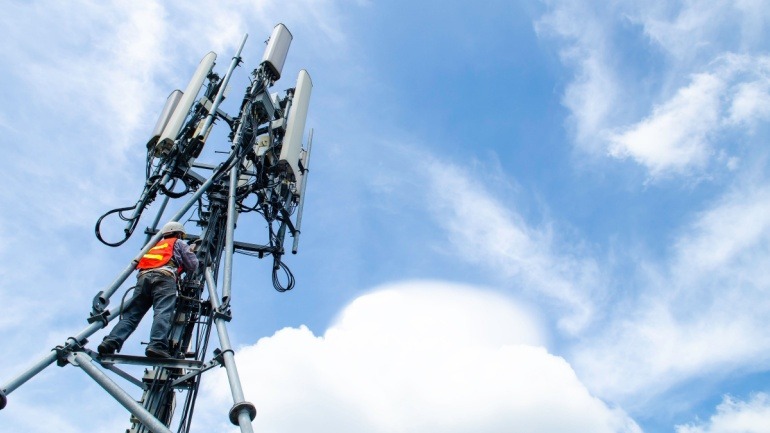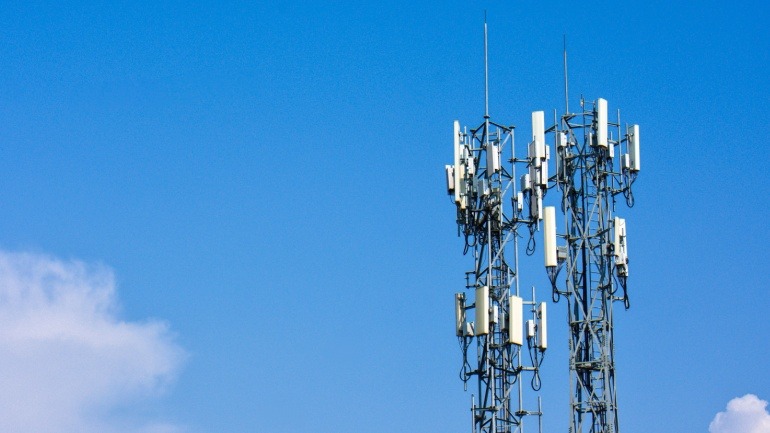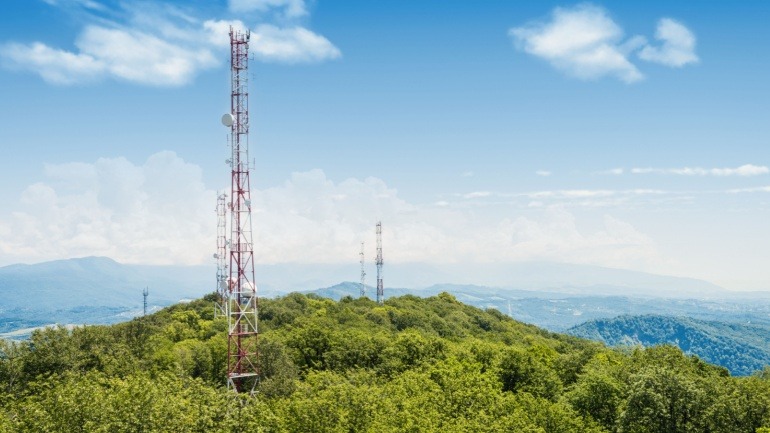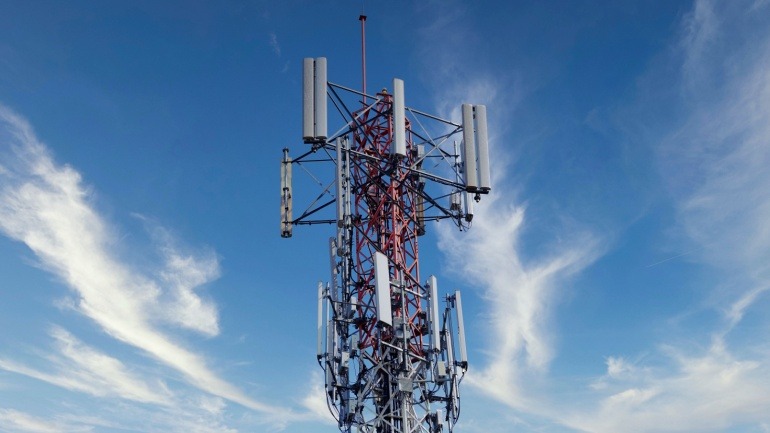Telus, a leading telecom operator, is considering selling a minority stake in its wireless tower portfolio, aiming to strengthen its financial position. The potential divestment of up to 49.9% of its 3,000 towers could raise over CAD 1 billion, fueling debt reduction and aligning with broader industry trends of leveraging asset sales for growth.
Helios Towers achieved its first positive cash flow in 2024 by prioritizing colocation over new builds, boosting revenue and raising adjusted EBITDA by 14% to $421 million. CEO Tom Greenwood emphasized a $100 million free cash flow gain and a focus on increasing tenancy ratios to 2.2x by 2026 while reducing debt for sustainable growth.
Indus Towers has expanded its portfolio by adding over 16,000 towers through agreements with Bharti Airtel and Bharti Hexacom. This acquisition strengthens Indus Towers’ position in India’s telecom sector
Cellnex is considering selling its Swiss tower business, collaborating with JP Morgan for a potential €1.5 billion valuation. This move is part of Cellnex’s strategic restructuring, involving shedding non-core units to focus on essential markets.
Vertical Bridge’s $3.3 billion acquisition of Verizon’s wireless communication towers marks a strategic milestone. This landmark deal signifies enhanced collaboration in telecommunications, propelling Vertical Bridge as a leading player in the market.
EE’s innovative deployment of a mobile tower on the Isle of Skye enhances 4G connectivity in rural areas. Providing reliable coverage, the tower supports local businesses while reducing visual disruption.
Vodafone is set to divest its remaining 3% stake in Indus Towers, marking a strategic exit from the Indian tower company. This decision aligns with Vodafone’s previous reductions and highlights its financial streamlining efforts.
Virgin Media O2 strengthens its focus on digital innovation by selling an 8.33% stake in Cornerstone to Equitix. As the UK’s largest tower operator, this move highlights Virgin Media O2’s strategy to optimize its infrastructure investments while prioritizing future advancements in 4G and 5G development.
DigitalBridge’s acquisition of Yondr Group marks a pivotal enhancement in its infrastructure capabilities. As a leader in hyperscale data centers, Yondr’s assets will empower DigitalBridge to meet the surging demand.
DigitalBridge’s acquisition of JTower marks a pivotal move, furthering infrastructure growth essential for next-gen networks. By obtaining a 75% stake, DigitalBridge showcases confidence in JTower’s capacity to meet evolving communications needs.













